Back to blog
Photovoltaic Controllers: Key Components and Features
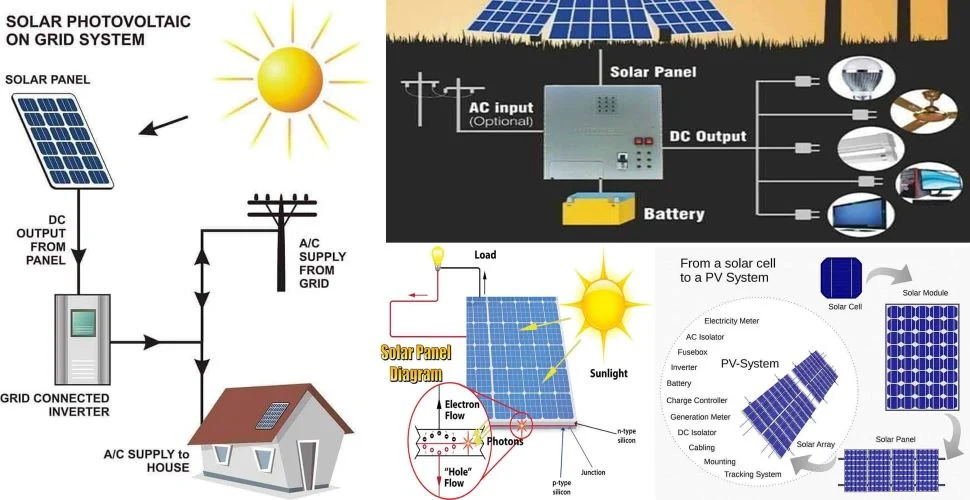
Schematic diagram of Solar control system-Photovoltaic controller
What is a Photovoltaic controller?
A Photovoltaic controller is one of the core components in a photovoltaic power generation system. Its primary function is to manage and control the electrical energy generated by solar panels.
Let’s delve into the working principle of a Photovoltaic controller. It can monitor and regulate the charging and discharging processes of batteries, ensuring their safety and optimal performance. By effectively managing electrical energy, it can extend the lifespan of batteries.
The Photovoltaic controller also possesses the following key features:
Energy Conversion Optimization: It enhances the efficiency of photovoltaic systems, maximizing the conversion of solar energy into usable electrical energy.
Battery Protection: It prevents overcharging and over-discharging, reducing battery wear and failures.
Stability: It ensures the stable operation of the entire photovoltaic system, unaffected by external factors.
When selecting a Photovoltaic controller, the following factors need to be considered:
- System scale and requirements.
- Battery type and capacity.
- Controller quality and reliability.
The Photovoltaic controller is an indispensable part of a photovoltaic power generation system. It not only improves system performance and efficiency but also safeguards the safety and lifespan of batteries. Understanding the working principle and features of a Photovoltaic controller is essential for its correct selection and use.
Main technical parameters of photovoltaic controller
1. System voltage
System voltage is also called rated operating voltage, which refers to the DC operating voltage of the photovoltaic power generation system. The voltage is generally 12V and 24V. Medium and high-power controllers also have 48V, 110V, 220V, etc.
2. Maximum charging current
The maximum charging current refers to the maximum current output by the solar cell module or square array. According to the power size, it is divided into 5A 6A 8A 10A 12A 15A 20A 30A 40A 50A 70A 100A 150A 200A 250A 300A and other specifications. Some manufacturers use the maximum power of solar cell modules to express this content, which indirectly reflects the technical parameter of maximum charging current.
3. Number of solar cell array input channels
Low-power photovoltaic controllers generally have a single input, while high-power photovoltaic controllers have multiple inputs from a solar cell array. Generally, high-power photovoltaic controllers
6 channels can be input, and the most can be connected to 12 channels or 18 channels.
4. Circuit self-loss
The circuit loss of the controller is also one of its main technical parameters, also called no-load loss (quiescent current) or maximum self-consumption current. In order to reduce the controller’s
Loss, to improve the conversion efficiency of photovoltaic power supply, the loss of the controller circuit itself should be as low as possible. The maximum self-loss of the controller shall not exceed its rated charging capacity.
1% of the flow or 0.4W. Depending on the circuit, its own loss is generally 5~20MA.
5. Battery overcharge protection voltage (HVD)
The battery overcharge protection voltage is also called full disconnection or overvoltage shutdown voltage. Generally, it can be set between 14.1~14.5V (12
V system), 28.2~29V (24V system) and 56.4~58V (48V system), the typical values are 14.4V, 28.8V and 57.6V respectively. Battery charging protection
The shutdown recovery voltage (HVR) is generally set to one of: 13.1~13.4V (12V system), 26.2~26.8V (24V system) and 52.4~53.6V (48V system)
time, typical values are 13.2V, 26.4V and 52.8V respectively
6. Battery over-discharge protection voltage (LVD)
The over-discharge protection voltage of the battery is also called under-voltage disconnection or under-voltage shutdown voltage. Generally, it can be set between 10.8~11.4V (
Between 12V system), 21.6~22.8V (24V system) and 43.2.~45.6V (48V system), the typical values are 11.1V, 22.2V and 44.4V respectively. Battery passed
The shutdown recovery voltage (LVR) of discharge protection is generally set to: 12.1~12.6V (12V system), 24.2~25.2V (24V system) and 48.4~50.4V (48V
systems), typical values are 12.4V, 24.8V and 49.6V respectively.
7. Battery charging float voltage
The charging and floating voltage of the battery is generally 13.7V (12V system), 27.4V (24V system), and 54.8 (48V system).
8. Temperature compensation
The controller generally has a temperature compensation function to adapt to different environmental operating temperatures and set a more reasonable charging voltage for the battery.
The compensation coefficient should meet the technical development requirements of the battery, and its temperature compensation value is generally -20~-40mV/oC.
9. Working environment temperature
The use or working environment temperature range of the controller varies with the manufacturer, generally between -20~+50 oC.
10. Other protection functions
- Controller input and output short circuit protection function. The input and output circuits of the controller must have short-circuit protection circuits to provide wave protection function
- Anti-reverse charging protection function. The controller must have a protection function to prevent the battery from reverse charging to the solar cell.
- Polarity reverse protection function. When the solar cell module or battery is connected to the controller, the controller must have the function of a protection circuit when the polarity is reversed.
- Lightning protection function. The input end of the controller is protected against lightning strikes. The type and rating of the arrester should be able to ensure the absorption of the expected impact energy.
- Protection against impulse voltage and impulse current. Apply 1.25 times the nominal voltage to the solar cell input of the controller for one hour, the controller should not damage. If the controller charging circuit current reaches 1.25 times the nominal current for one hour, the controller should not be damaged.
Conclusion
In summary, Photovoltaic controllers serve as indispensable components within solar power systems, overseeing the management and regulation of electrical energy derived from solar panels. By optimizing energy conversion, ensuring battery protection, and maintaining system stability, these controllers contribute to the efficient and reliable operation of photovoltaic systems. With a thorough understanding of their technical parameters and features, users can make informed decisions in selecting and utilizing Photovoltaic controllers effectively.
FQA
1.What is the role of photovoltaic controllers in solar power generation systems?
Photovoltaic controllers manage and regulate the electricity produced by solar panels in a solar power system. Its main functions include supervising the charging and discharging of the battery to ensure its safety and optimal performance.
2.How do photovoltaic controllers contribute to battery protection?
Photovoltaic controllers prevent battery damage by implementing measures such as overcharge and over-discharge protection. By regulating the flow of electrical energy, they reduce wear and tear on the battery, thereby extending its life and ensuring its reliability.
3.What factors should be considered when choosing a photovoltaic controller?
When selecting a photovoltaic controller, factors such as the size and requirements of the system, the type and capacity of the batteries used, and the quality and reliability of the controller itself must be considered. Choosing the right controller ensures optimal performance and efficiency of your entire solar power system.
4.How do photovoltaic controllers optimize energy conversion in photovoltaic systems?
Photovoltaic controllers optimize energy conversion by maximizing the efficiency of solar panels in converting sunlight into usable electricity. They regulate the charging process and prevent energy loss due to overcharging or over-discharging, thereby ensuring maximum collection and utilization of solar energy.
5.In addition to battery protection, what other protection functions does a photovoltaic controller have?
In addition to battery protection, photovoltaic controllers offer a variety of other protection features. Including input and output short circuit protection, anti-reverse charging protection, reverse polarity protection, input lightning protection, surge voltage and current protection, etc. These features protect the entire system from damage from external factors, ensuring its long-term reliability.
PCB & PCBA quick quote
Related Articles
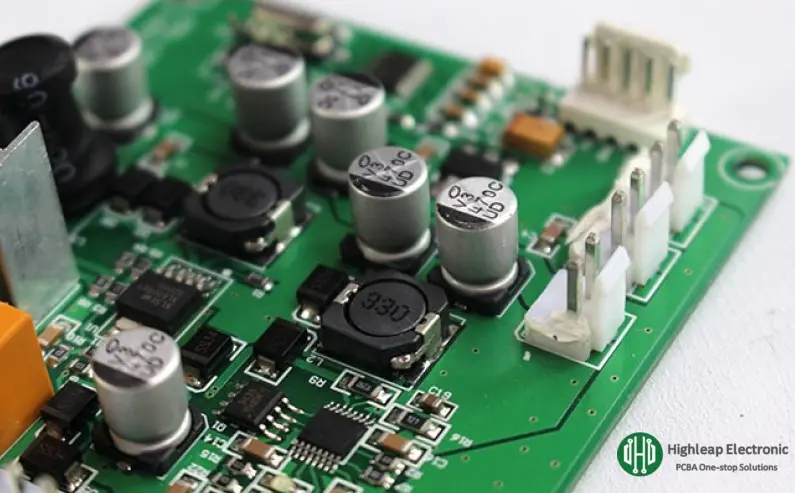
Comprehensive Guide to Electronic HS Codes for PCBA
Export PCBAIn the realm of international trade, HS Codes (Harmonized System codes) are crucial for the classification and categorization of goods. Developed by the World Customs Organization (WCO), these numerical codes provide a standardized method for customs...
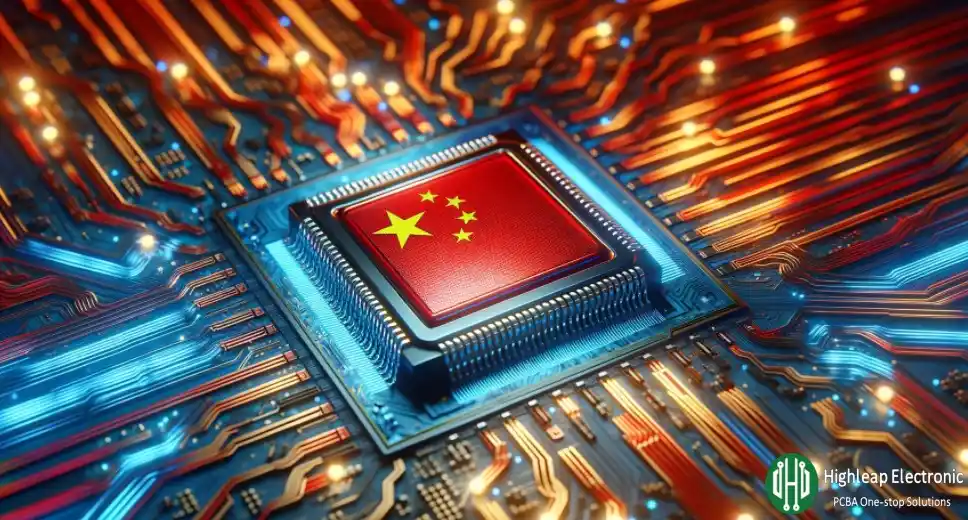
Chinese Chips: A Comprehensive Guide for Tech Enthusiasts
Chinese ChipsIn recent years, China's semiconductor industry has experienced a significant transformation, establishing itself as a major player in the global chip market. With advancements in technology and substantial investments in research and development, Chinese...
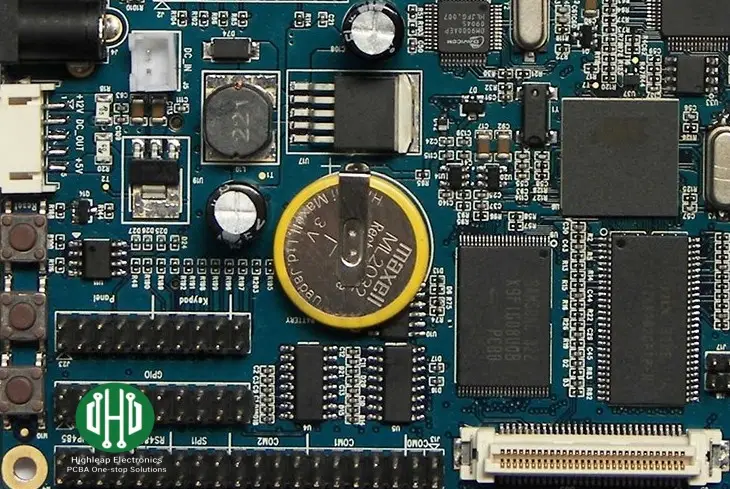
What is an Integrated Circuit (IC) and its Types
Integrated Circuit PCBAConceived independently by Jack Kilby and Robert Noyce in the mid-20th century, the integrated circuit marked a significant leap in technology. Kilby’s successful creation of the first functional IC in 1958 propelled semiconductor technology to...
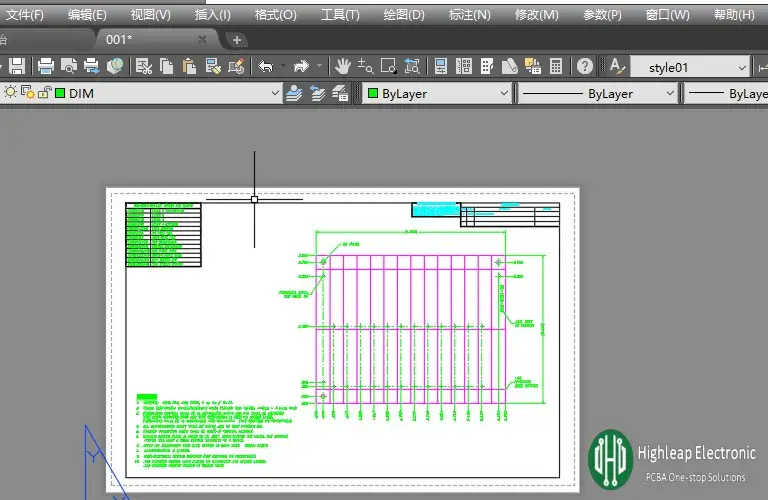
What does .DXF file mean? How to convert to gerber file?
CAD DXF FilesAs a PCB engineer working at the heart of electronic device manufacturing, I’ve seen firsthand the vital role that detailed design files play in our projects. Among these, DXF (Drawing Exchange Format) files are particularly crucial. Originating from the...
Take a Quick Quote
